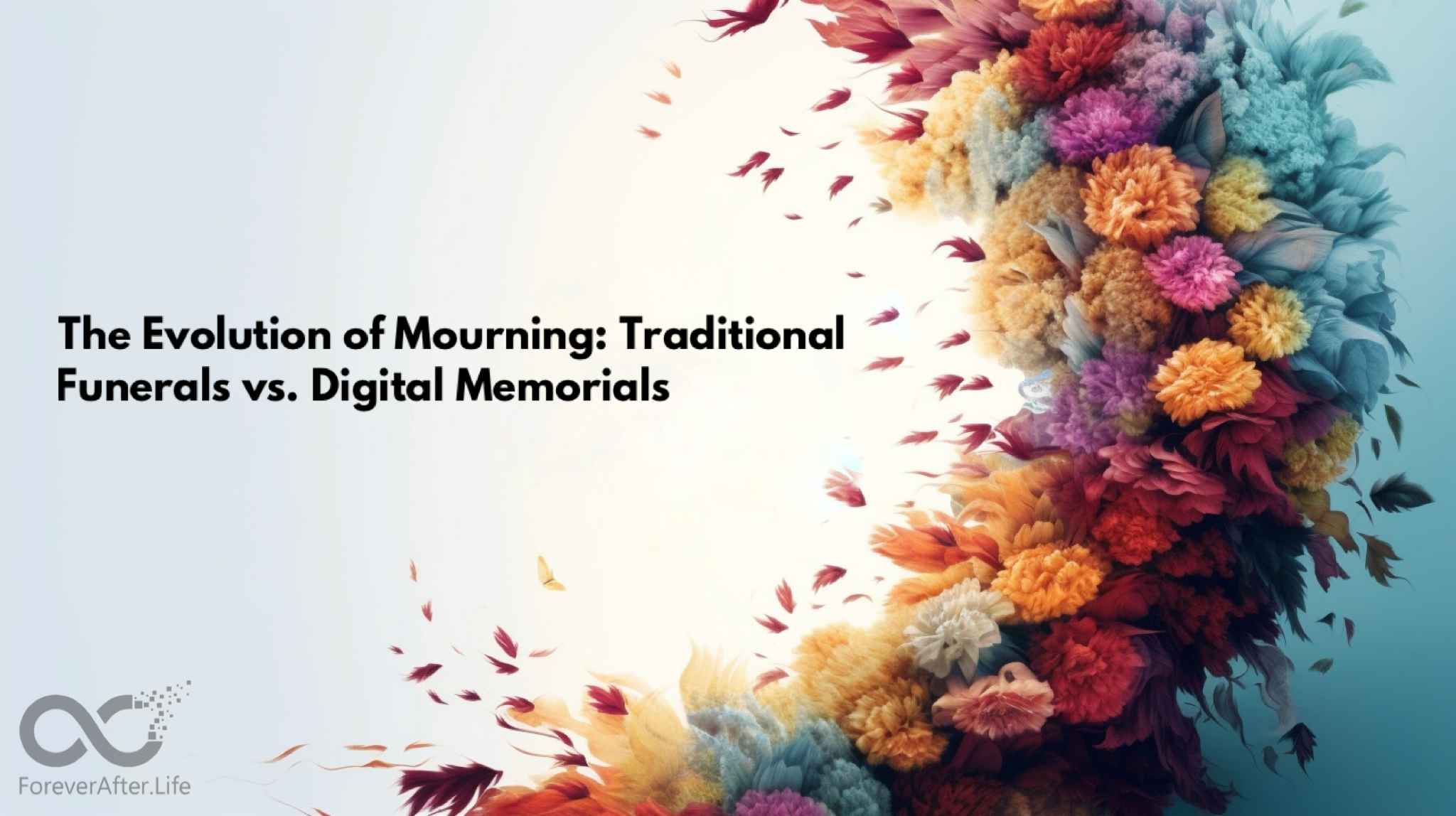
The Evolution of Mourning: Traditional Funerals vs. Digital Memorials
In an ever-evolving digital age, the way we mourn the departed is undergoing a significant transformation. From traditional funeral ceremonies to digital memorials, our methods of expressing grief and commemorating the deceased have expanded and adapted
Traditional Funerals: A Timeless Rite
Historically, funerals have served as a space for people to gather, share memories, and comfort one another. Rooted deeply in cultural, religious, and regional customs, these ceremonies have always been the primary means of mourning.
Characteristics of Traditional Funerals:
- Physical Gathering: Friends and families come together in person to grieve and provide mutual support.
- Ritualistic: Funeral rites, readings, and prayers are often dictated by religious and cultural norms.
- Tangible Memories: Physical artifacts like photographs, letters, and personal belongings help attendees remember and connect with the deceased.
Digital Memorials: A New Age Commemoration
With the rise of the internet and technological advancements, the realm of mourning has entered the digital space. Digital memorials, often hosted on platforms like ForeverAfter.Life, offer an alternative or supplementary way to remember and honor the departed.
Characteristics of Digital Memorials:
- Global Accessibility: Digital memorials can be accessed from anywhere in the world, making it easier for distant relatives and friends to pay their respects.
- Interactive and Dynamic: Unlike static tombstones or obituaries, online memorials can be regularly updated with photos, videos, stories, and even QR codes linking to further content.
- Enduring Presence: These platforms provide a lasting digital legacy, unaffected by time or physical degradation.
The Coexistence: Merging the Physical and Digital
While some might feel that digital memorials could overshadow traditional funerals, in reality, they often complement one another. Families might still organize a conventional funeral but later create a digital memorial for broader access and long-term remembrance.
Digital platforms also offer a unique advantage: adaptability. They can accommodate different grieving processes, enabling users to curate and personalize their loved one's memorial, even incorporating multimedia elements.
Conclusion
The way we mourn and commemorate our loved ones reflects our socio-cultural milieu. While traditional funerals provide a sense of intimacy and tradition, digital memorials cater to our globalized, tech-savvy world, ensuring no memory fades with time. Whether we choose one, the other, or a blend of both, the essence remains the same: to honor, remember, and celebrate a life well-lived.
